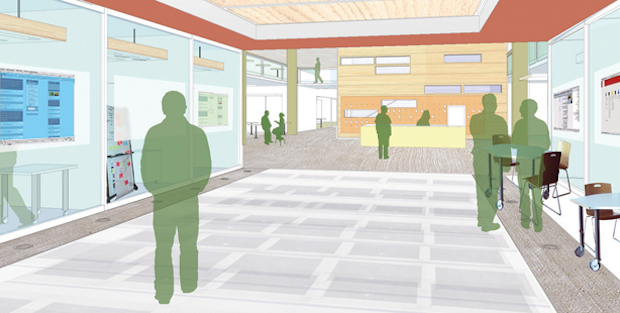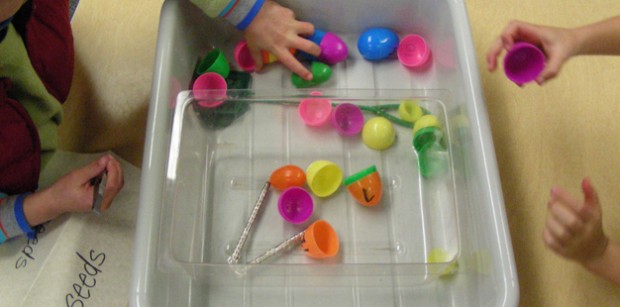One of the most exciting concepts being explored by educators today is known as design thinking. The education departments of leading universities like Harvard and Stanford are conducting research into it; professional development conferences for faculty and administrators are providing workshops in this field.
Following a conversation I had about design thinking with a parent just last week, and with a view to fueling further discussion about it at the Lycée Français de New York, please find below brief answers to some of the most frequently asked questions about this fascinating topic.
Build, create, innovate!
1. What does design thinking mean?
Borrowed from a range of design-related professions, design thinking is a toolkit of angles, methods and processes that aims to foster creative solutions to the problems and opportunities individuals and organizations encounter.
According to IDEO, acclaimed as one of the most innovative companies in the world, particularly famous for designing Apple’s first mouse, “the design thinking process is best thought of as a system of overlapping spaces…There are three spaces to keep in mind: inspiration, ideation, and implementation. Inspiration is the problem or opportunity that motivates the search for solutions. Ideation is the process of generating, developing, and testing ideas. Implementation is the path that leads from the project stage into people’s lives.”
In sum, design thinking refers to a set of cognitive and other tools which if rigorously applied will help a person: 1. understand the issue he or she wishes to resolve or the possibility he or she wishes to seize; 2. develop inventive ways of achieving what it is he or she aspires to achieve; and 3. transform his or her intentions into an innovative reality.
2. What is the connection between design thinking and schools?
There is a great deal of evidence to suggest that schools which adopt design thinking when undertaking to create something, whether it be a curriculum, a system, or a space, are able to generate far more imaginative outcomes than they would have otherwise been able to conceive.
Consider a few examples of the different questions faculty and administrators have been able to address with this toolbox, all of which come from the the educational website Edutopia: “How might we engage students more deeply in reading ([asked] Karen, learning specialist)? How might we create a classroom space that is more centered around the needs and interests of the students ([queried] Michael, second-grade teacher)? How might we create a more collaborative culture for teachers at our school ([asked] Patrick, third-grade teacher)? How might we connect more with our neighborhood community ([questioned] Maggie, principal)? How might we create a district-wide approach to curriculum that engages the 21st century learner ([asked] Lisa, district administrator)?”
In each case, design thinking appears to have made the difference.
3. How can I learn more about design thinking?
For further information about the ways in which design thinking adds value in the business world, a great resource is ideo.com. If you are interested in learning more about how it can be used by educators, I would highly recommend downloading the designthinkingforeducators toolkit which IDEO has produced in partnership with one of our neighbors in New York, Riverdale Country School. And if you have additional questions and/or wish to discuss the place of design thinking at the Lycée Français de New York, please contact me as soon as possible!
About the Author :
Sean Lynch was Head of School at the Lycée Français de New York from 2011 to 2018, after having spent 15 years at another French bilingual school outside of Paris: the Lycée International de St. Germain-en-Laye. Holding both French and American nationalities, educated in France (Sciences Po Paris) and the United States (Yale), and as the proud husband of a French-American spouse and father of two French-American daughters, Sean Lynch has spent his entire professional and personal life at the junction between the languages, cultures and educational systems of France and the United States. In addition to being passionate about education, he loves everything related to the mountains, particularly the Parc National du Mercantour.



3 comments
Comments are closed.